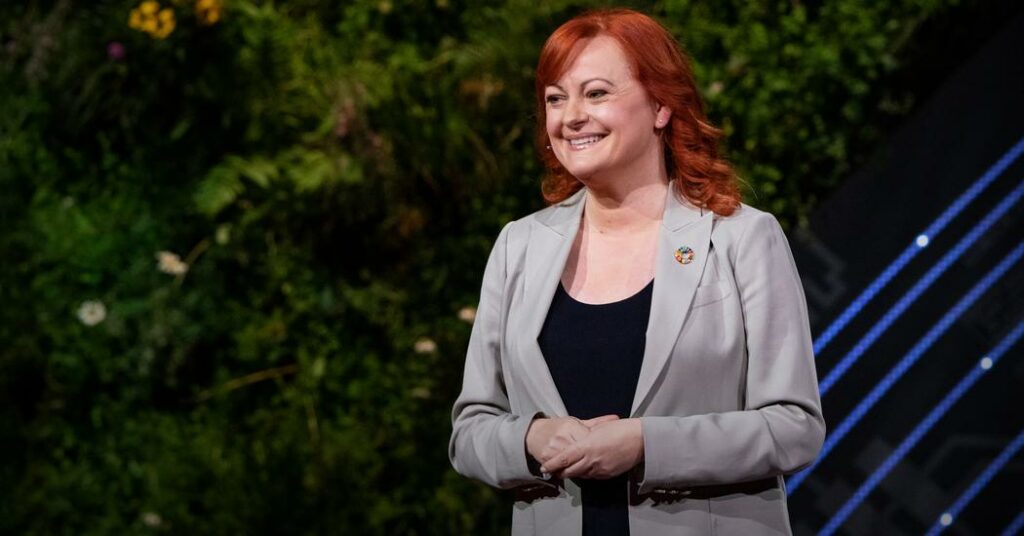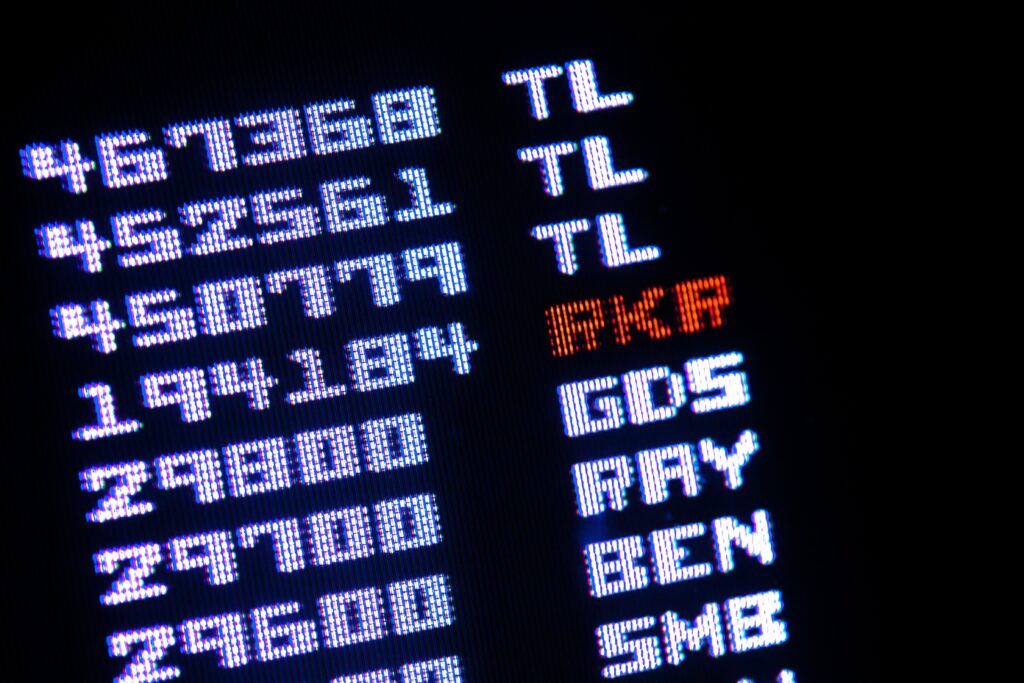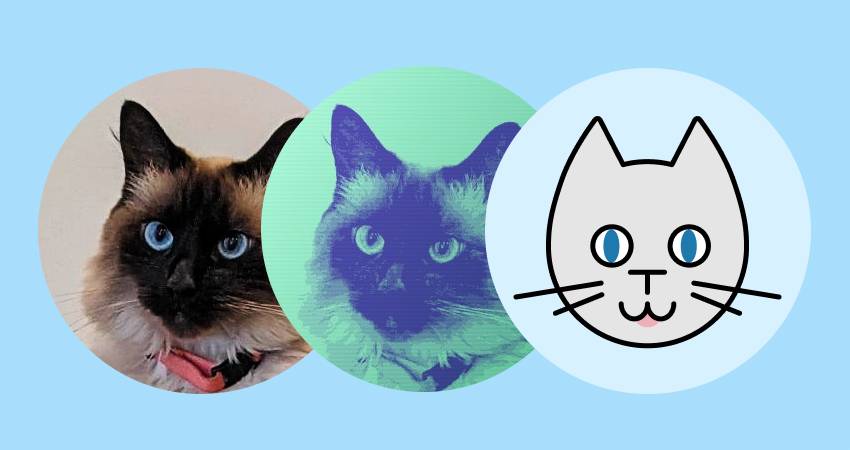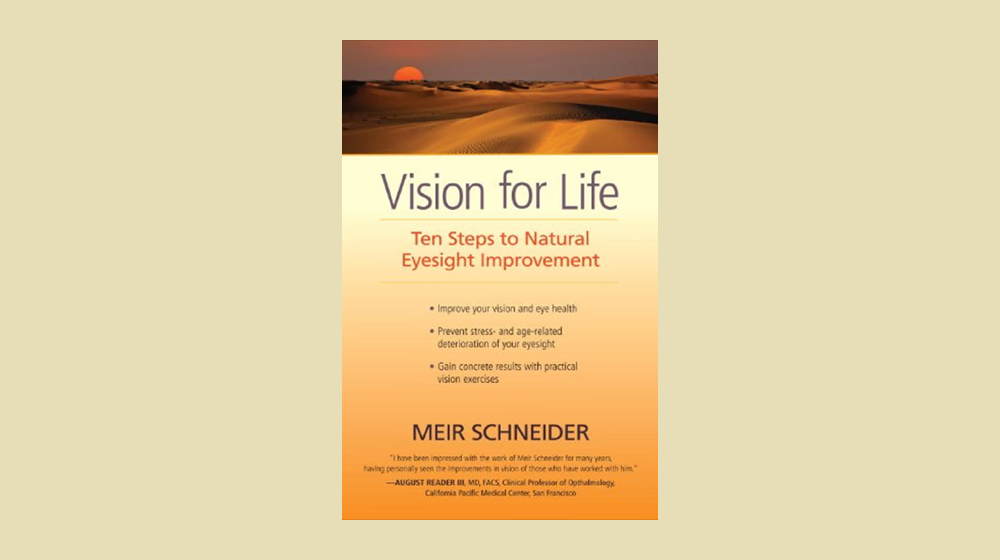|
Sustaining a vision of the future we want to see
|
This month, I must start by acknowledging what we appeared to ignore in our last issue. One of our subscribers rightly pointed out that it was remiss of us not to mention the war in Ukraine, stating “If that war is lost, there’s no question about any kind of sustainability at all.” Of course, she is right. To clarify, far from ignoring the issue as a team, when we sent out our last issue on day five of Russia’s invasion, we were overwhelmed with what was happening and trying to make sense of it.
We received some great links, on meaningful ways you can help. One way you could help is by donating to Breaking Barriers, a wonderful charity helping refugees through employment. They desperately need additional donations to meet the increased number of refugees coming from Ukraine.
Sustainability is not just about the planet, it’s about sustaining life, prioritising people over profit, and sustaining a vision of the future we want to see – one where humanity prevails.
As always, I’d love to hear from you on all things digital sustainability, and continue any conversations 1:1 if you would like to. Just hit reply and I will get back to you personally as soon as I can.
Until next time,
– Tom Greenwood |
|
|
Top picks from the green web
|

Are marketers destroying the climate?
|
In this excellent Ted Talk, Solitaire Townsend (co-founder of Futerra Communications) argues that the people who have the biggest impact on climate change might not be the most obvious. She argues that it is those who are in the business of influencing society, or what she calls the ‘X’ industry, who could be “the primary architects of climate destruction.” This includes many professional services involved in marketing and communications, ranging from advertisers to lobbyists. And yes, that includes us web designers and digital marketers.
I’ve long believed this to be true, and it’s a big part of why my company has an ethical screening policy to ensure that we are only using our skills to promote the world we want to see. Soli’s talk is a reminder that we must not only consider the direct impacts of the work that we do, but the indirect impacts of the influence it has more broadly in society.
|
|

The dark side of green web design
|
One of the first times I ever came across the concept of low energy web design was in the early 2000s when Google made its homepage dark for Earth Day. They said that the dark colour scheme used less electricity to display on people’s screens than the standard Google homepage with a white background. This was back when people still had large Cathode Ray Tube (CRT) monitors.
With the advent of OLED screen technology, dark colours in web design suddenly make sense again as a way of reducing energy consumption of digital services. So should we now be designing a darker web? We’ve been experimenting more with designs that move away from the standard white background and are learning a lot n the process. While we must be careful to consider the accessibility of our colour choices, I believe that darker colours can make websites really stand out and, more importantly, reduce energy consumption at a time when taking action to mitigate the climate crisis is essential.
|
|

Creating low carbon images
“The best low-carbon image is the one that does not exist.”
So says the latest ‘Action Guide’ post on ClimateAction.Tech. Of course, when it comes to creating online products and services, sometimes an image is necessary. However, aside from using a darker colour palette for your website as mentioned above, there are lots of ways to ensure that the images you use have a reduced impact on the environment.
From image compression to lazy loading, this article covers them all and shares lots of resources to help you get started. There are lots more Action Guides on ClimateAction.Tech worth looking into to help you design lower energy digital experiences.
|
|
|
Reflecting back, looking forward - 15 years of Wholegrain
|
This month, we are celebrating Wholegrain Digital’s 15th birthday. It’s a time for us to stop and look back at where we came from and what we have achieved, as well as look forward to envision the future that we want to help create.
It’s not always been a smooth easy ride – but every step of the journey, from those early struggles to the excitement of landing our dream clients, to getting certified as a B Corp – has been a reminder of the power of commitment to our original vision to use design and digital technology to help positive organisations thrive.
If there is one big thing that I have learned, it’s that if you really believe in something, keep trying. It can often appear like nothing is happening until the day that something actually happens. That day could be tomorrow.
15 years on, we’ve not only survived, but built a model of a different type of business that has inspired so many other businesses to take more bold, progressive approaches to care for people and planet. Not only that, but we’ve played a key role in helping put sustainability on the agenda of the digital sector. Like a small pebble creating positive ripples in a giant ocean.
Let’s go forward together and create a better web for a better world!
|
|
|
|
|
“If you are working on something exciting that you really care about, you don't have to be pushed. The vision pulls you.”
|
Steve Jobs
|
|

Vision for Life by Meir Schneider
|
I often say that sustainable web design isn’t rocket science. It just needs attention to detail.
Having been someone who has always been blessed with sharp vision, attention to detail is something that I used to pride myself on. However, in the past year I felt the sharpness of my eyesight fade and consequently I have been finding my work on the computer increasingly tiresome.
Then I came across the book Vision for Life by Meir Schneider. It begins with his incredible personal story. He was born blind and was blind for most of his childhood but was determined to improve his vision. Through a combination of luck, intuition and determination, he gradually found eye exercises that helped stimulate his eyes and the visual centers of the brain. Over many years, he slowly gained the ability to see, and went on to develop a career as a visual trainer. He is no longer registered blind and even now holds a full driving licence.
The book includes descriptions of a number of exercises that stimulate different parts of our visual system, and most of which are very easy to do throughout your day. In my short experience of following these exercises and dedicating time and attention to my eye health, they really do make a difference.
I’m sure that everyone reading this newsletter spends far too much time looking at screens. It is, after all, fundamental to our work in the digital sector. So let’s all give our eyes a bit more love and see that it’s not just the pixels that become clearer.
|
|
|
|
|
Other news from the green web
|
|
|
|
Join our team at Wholegrain Digital
|
|
|
|
Curiously Green is curated and written by Tom Greenwood and Rachael B.
|
|
|
|